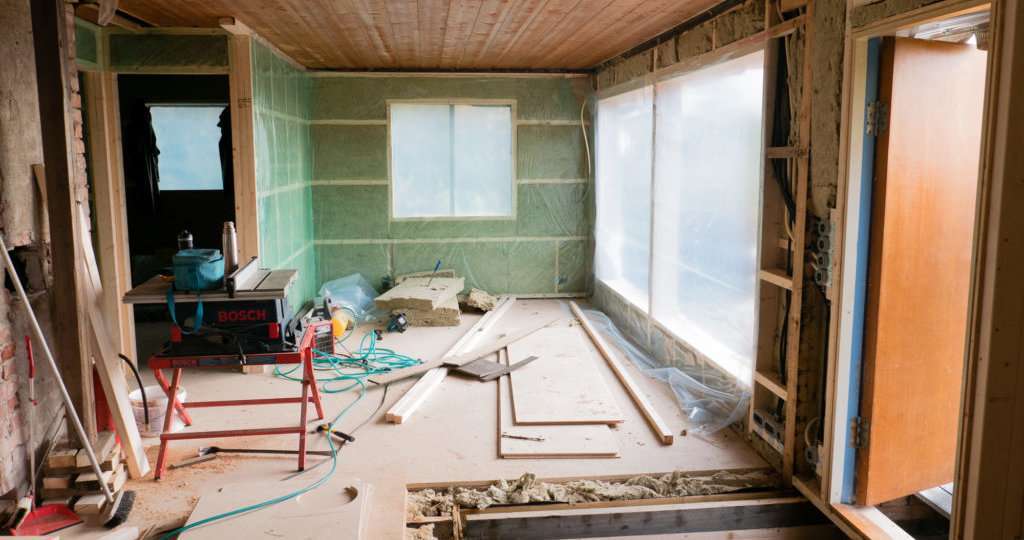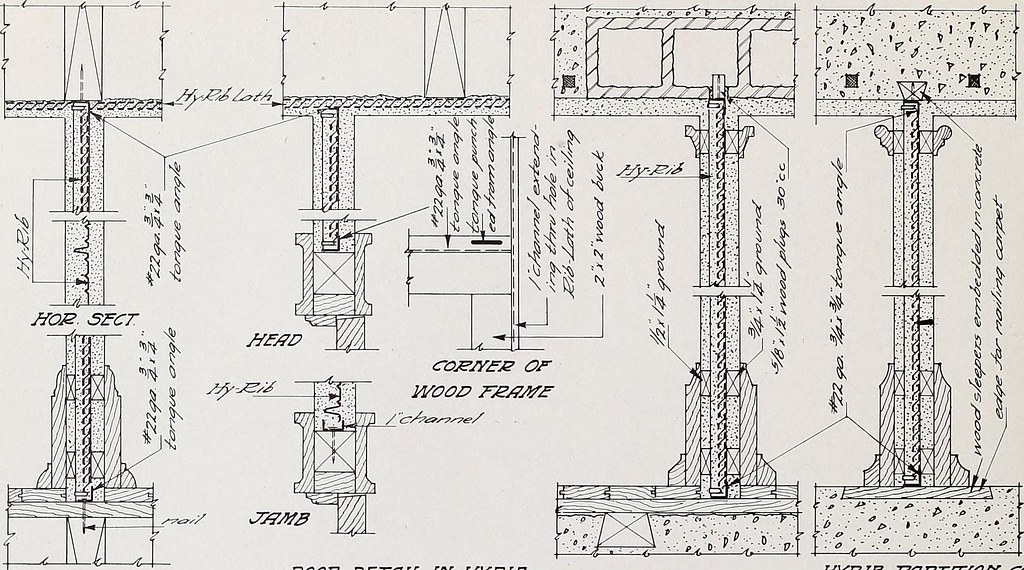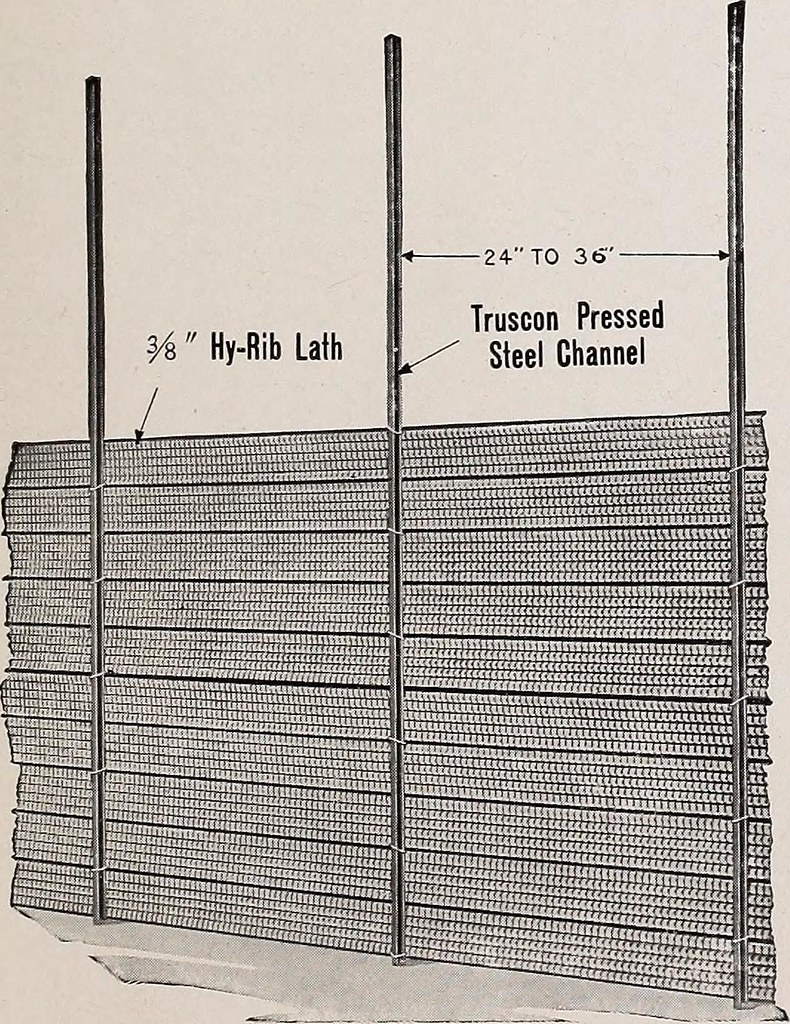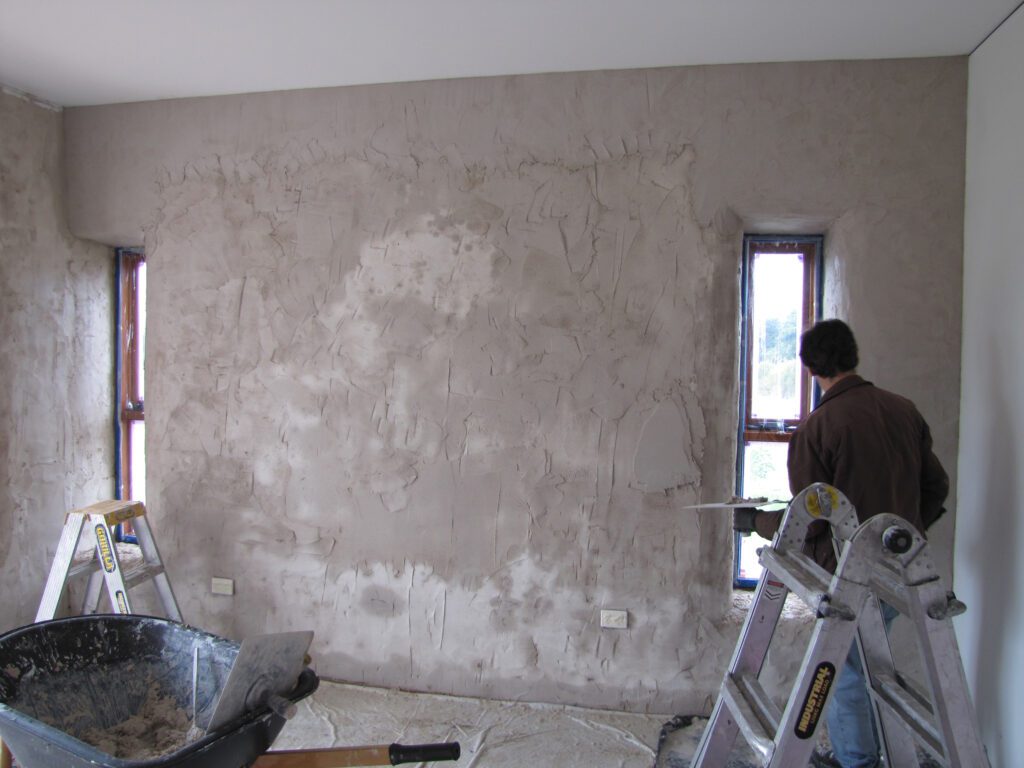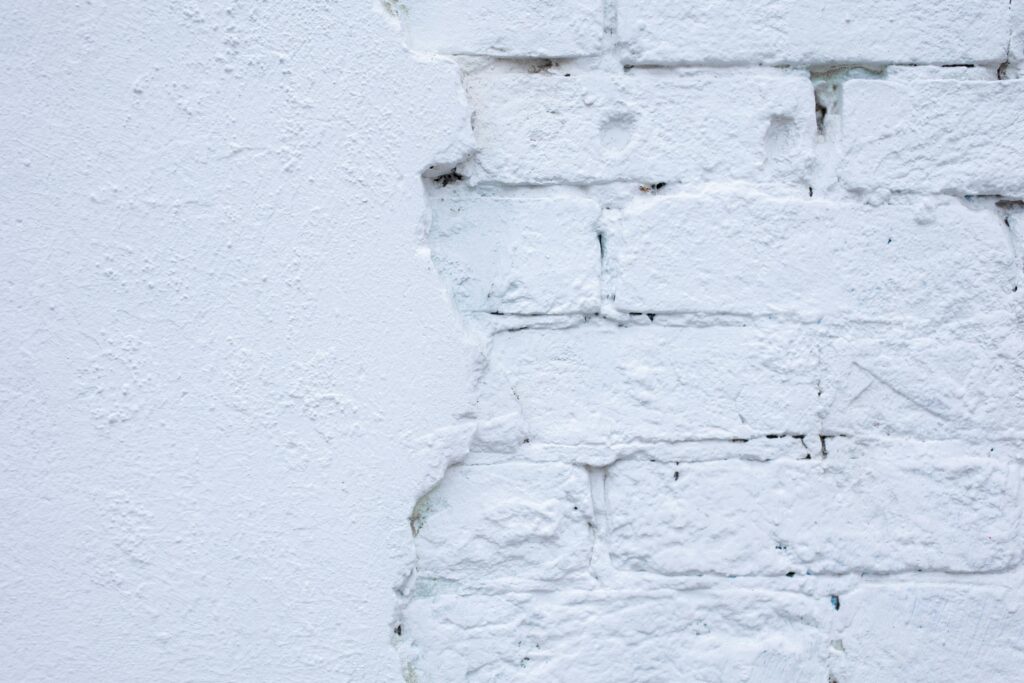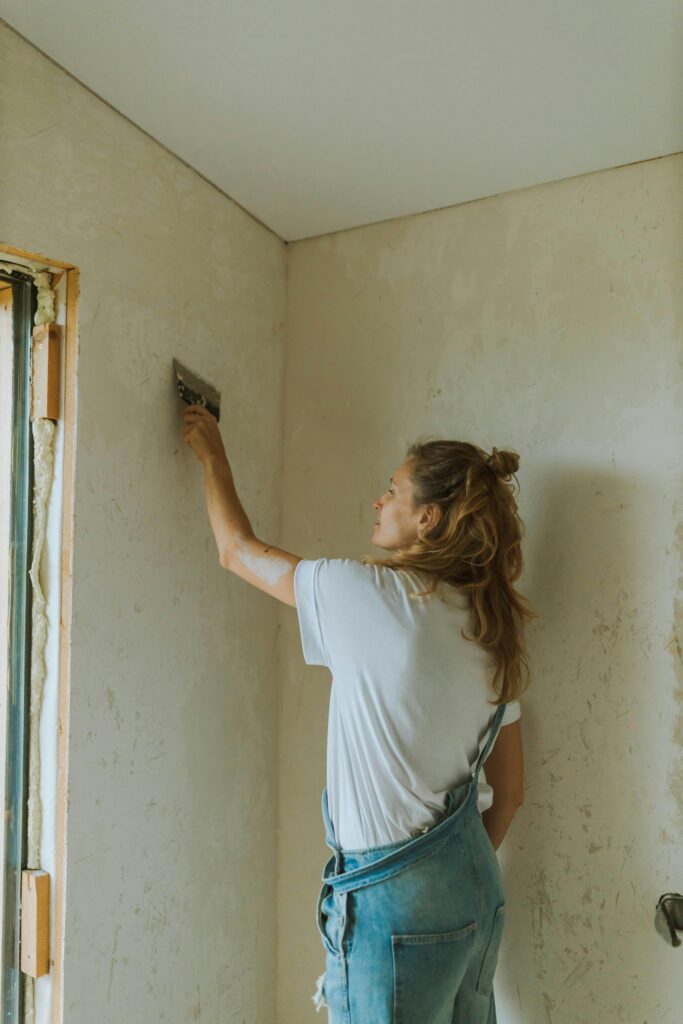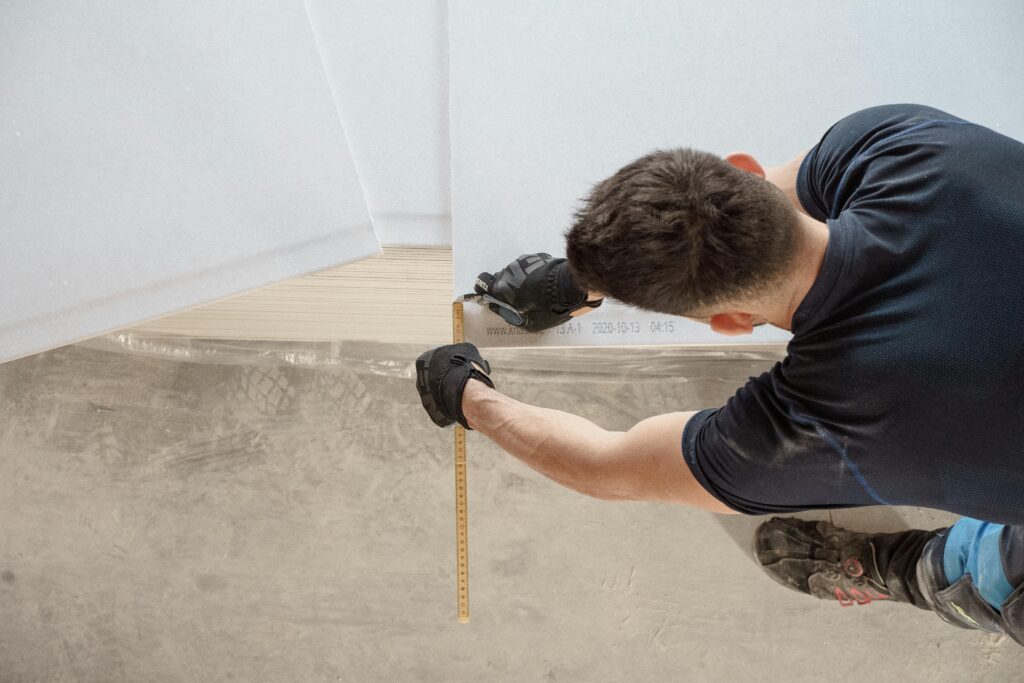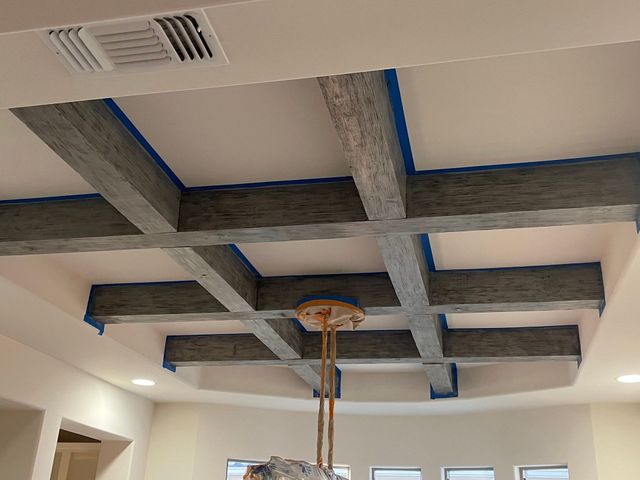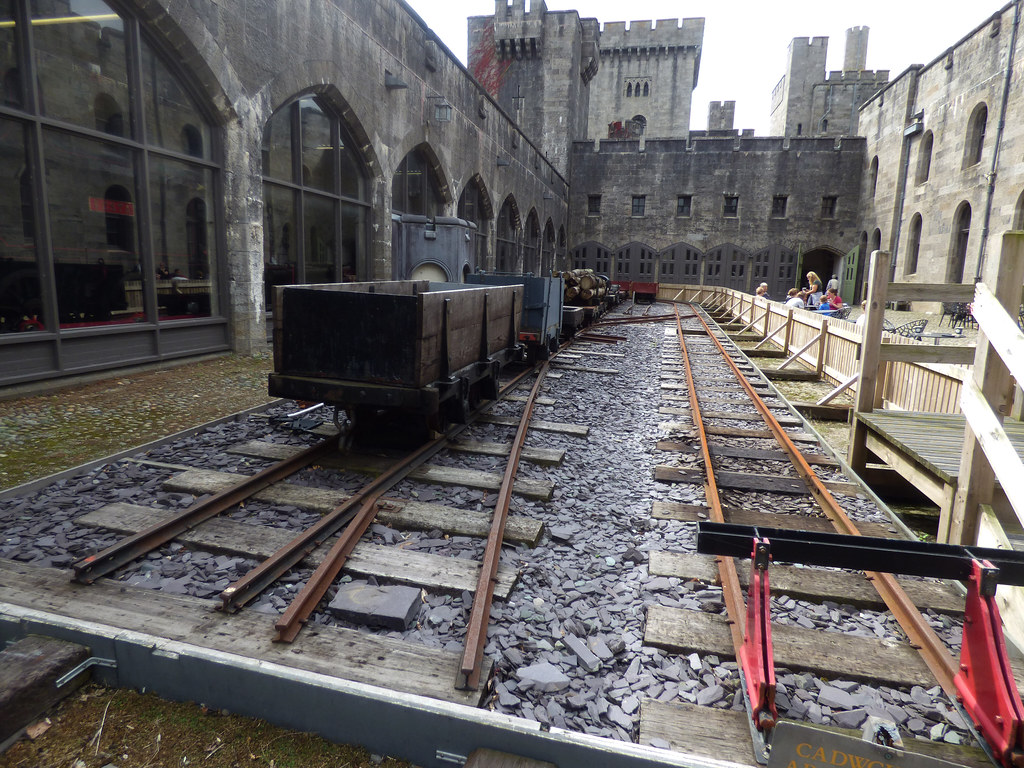How to Secure a Vacant Property Refurbishment Grant: The Complete Homeowner’s Guide
Unlock thousands in vacant property refurbishment grants with this expert guide to transforming abandoned spaces into profitable investments. Understanding the Vacant Property Refurbishment Grant Scheme The Vacant Property Refurbishment Grant Scheme represents a significant opportunity for property owners and investors, offering substantial financial support of up to €50,000 for vacant properties and an increased amount of €70,000 for derelict buildings constructed before 2008. This innovative scheme, launched as part of the government’s initiative to address housing shortages and urban regeneration, aims to breathe new life into abandoned properties across the UK. The grant serves a dual purpose: helping property owners transform unused spaces while contributing to community development and housing availability. Key Eligibility Criteria Property must have been vacant for a minimum of 2 years Applicants must possess valid tax clearance All local property taxes must be up-to-date Commitment to either occupy or rent out the property post-refurbishment Property must have been built before 2008 Applicants must be the property owner or have a valid agreement to purchase Meeting these criteria is essential for a successful application, and documentation proving each requirement must be submitted during the application process. Qualifying Properties and Works The scheme encompasses a broad range of property types and renovation works, making it versatile for different project needs. Eligible properties include traditional residential buildings, but importantly, the scheme also extends to non-residential buildings that have secured planning permission for conversion to residential use. This flexibility opens up exciting opportunities for transforming former commercial spaces into modern living accommodations. Eligible Renovation Works Structural repairs and improvements Roof repairs or replacement Window and door upgrades Electrical rewiring Plumbing and heating system installations Energy efficiency improvements Plastering and internal wall finishes Damp-proofing measures The Application Process Securing a vacant property refurbishment grant involves a systematic application process through your local authority. Start by gathering comprehensive documentation, including proof of ownership, tax clearance certificates, and detailed renovation plans. Submit your application with a thorough condition survey of the property, cost estimates from qualified contractors, and evidence of the property’s vacancy period. Local authorities typically process applications within 6-8 weeks, during which they may request additional information or conduct site visits. Maximizing Your Grant Potential To optimize your grant funding, consider these strategic approaches: Combine with other available schemes such as energy efficiency grants Develop a detailed renovation plan that prioritizes essential works Work with experienced contractors who understand grant requirements Consider phasing works to manage cashflow effectively Include energy-saving measures to potentially access additional funding Post-Grant Obligations Understanding and complying with post-grant requirements is crucial for maintaining the grant’s benefits. The most significant obligation is the 10-year clawback condition, where selling the property within this period may require partial grant repayment. Recipients must also maintain the property as their primary residence or ensure it remains tenanted, depending on their initial commitment. Regular maintenance and compliance with housing standards are essential throughout this period. Success Stories and Case Studies Recent success stories from Kent demonstrate the scheme’s transformative potential. For instance, a Victorian property in Bromley, vacant for five years, was successfully converted into two modern apartments with a grant of €50,000. The project not only preserved historical architecture but also created valuable housing stock. Another notable example includes a former shop in Canterbury, transformed into a family home through the scheme, highlighting the potential for commercial-to-residential conversions. Expert Tips for a Successful Application Begin gathering documentation early in the process Conduct thorough property surveys before applying Develop detailed cost breakdowns with qualified contractors Maintain clear communication with local authority representatives Consider engaging a professional grant consultant for complex cases Prepare a compelling case for how your project benefits the community Taking the Next Steps To begin your journey towards securing a vacant property refurbishment grant, start by thoroughly assessing your property’s eligibility and documenting its vacancy status. Contact your local authority’s housing department to discuss your plans and confirm specific requirements for your area. Engage with qualified contractors, including specialist plasterers and renovation experts, to develop detailed project plans and accurate cost estimates. Remember that successful applications often result from careful preparation and attention to detail in the planning stages. Consider scheduling a consultation with Kent Plasterers to discuss how our expertise can contribute to your renovation project’s success, ensuring high-quality finishes that meet grant requirements and enhance your property’s value. FAQ How to buy an empty building? You can look for bank-owned properties online, attend property auctions and ask your local tax collector for a list of abandoned properties. You can also work with a real estate agent who may be able to help find the right opportunities. What is the Welcome Home grant? The Welcome Home Grant Program is part of BMO EMpower 2.0, our more than $40 billion commitment to address key barriers faced by minority businesses, communities and families in the U.S. and ensures that more families can make real progress toward homeownership. What is the empty homes grant in Southwark? Southwark Council’s empty homes initiative has a limited programme of loans and grants to help you bring your empty property back into use as housing. The funding is to help you refurbish your empty property to let on either the private or social housing market or reoccupation as your main and principle home. What is the empty property grant in Croydon? Empty property grants are occasionally available to owners, freeholder or leaseholder, of flats and houses in the borough which have been empty for at least 6 months and require essential repairs and improvements. How to find derelict property in the UK? The HM Land Registry website for England and Wales is: www.landregisteronline.gov.uk, the Registers of Scotland Executive Agency is: www.ros.gov.uk and the Land Registry of Northern Ireland is: www.lrni.gov.uk. Most local authorities have a register of empty properties and know who the owner is. Sources [1] https://www.gov.ie/en/service/f8f1b-vacant-property-refurbishment-grant/ [2] https://www.localgov.ie/grants-and-funding/vacant-property-refurbishment-grant-croi-conaithe-towns-fund [3] https://www.gov.ie/en/collection/4bbe4-vacant-property-refurbishment-grant-statistics/
How to Secure a Vacant Property Refurbishment Grant: The Complete Homeowner’s Guide Read More »

